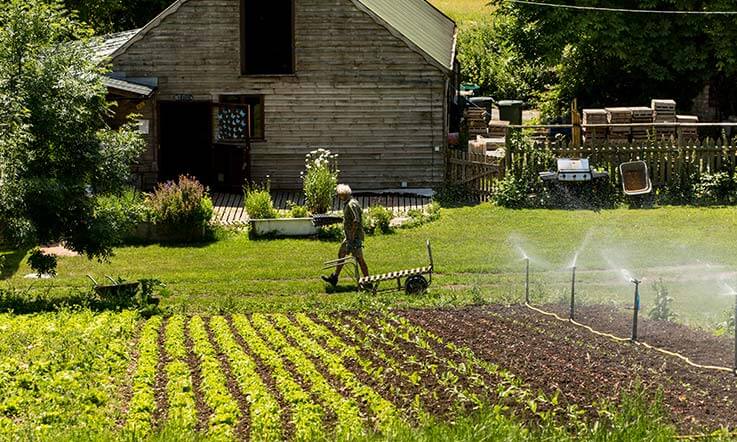Diversity of cultivated plants is a fundamental factor for current and future food security and one of the most important factors shaping crop diversity is seed exchange. Seed exchange networks are likely to become even more essential for the conservation of crop diversity in the coming decades. However, these networks are currently poorly understood.
In an article published online last month in the journal Agronomy for Sustainable Development, Thomas Döring of The Organic Research Centre joins an international team of authors reviewing the emerging topics around seed networks.
As the review points out there is not only a need to describe and preserve cultivated and wild germplasm but also to conserve these resources through use and circulation in a sustainable way. Understanding how to maintain, monitor, and propagate seed exchange structures will help to preserve crop diversity and use it sustainably. It is therefore necessary to make use of a diverse range of methods available to study seed exchange networks. One of the key problems is our limited knowledge about how seed exchange networks and the social dimensions of agriculture will react to various hazards, such as climate change. The article concludes that integrating the analysis of social and ecological networks is one of the outstanding challenges ahead.
Pautasso M, Aistara G, Barnaud A, Caillon S, Clouvel P, Coomes OT, Delêtre M, Demeulenaere E, De Santis P, Döring T, et al.: Seed exchange networks for agrobiodiversity conservation: a review. Agronomy for Sustainable Development. doi:10.1007/s13593-012-0089-6 (in press)
